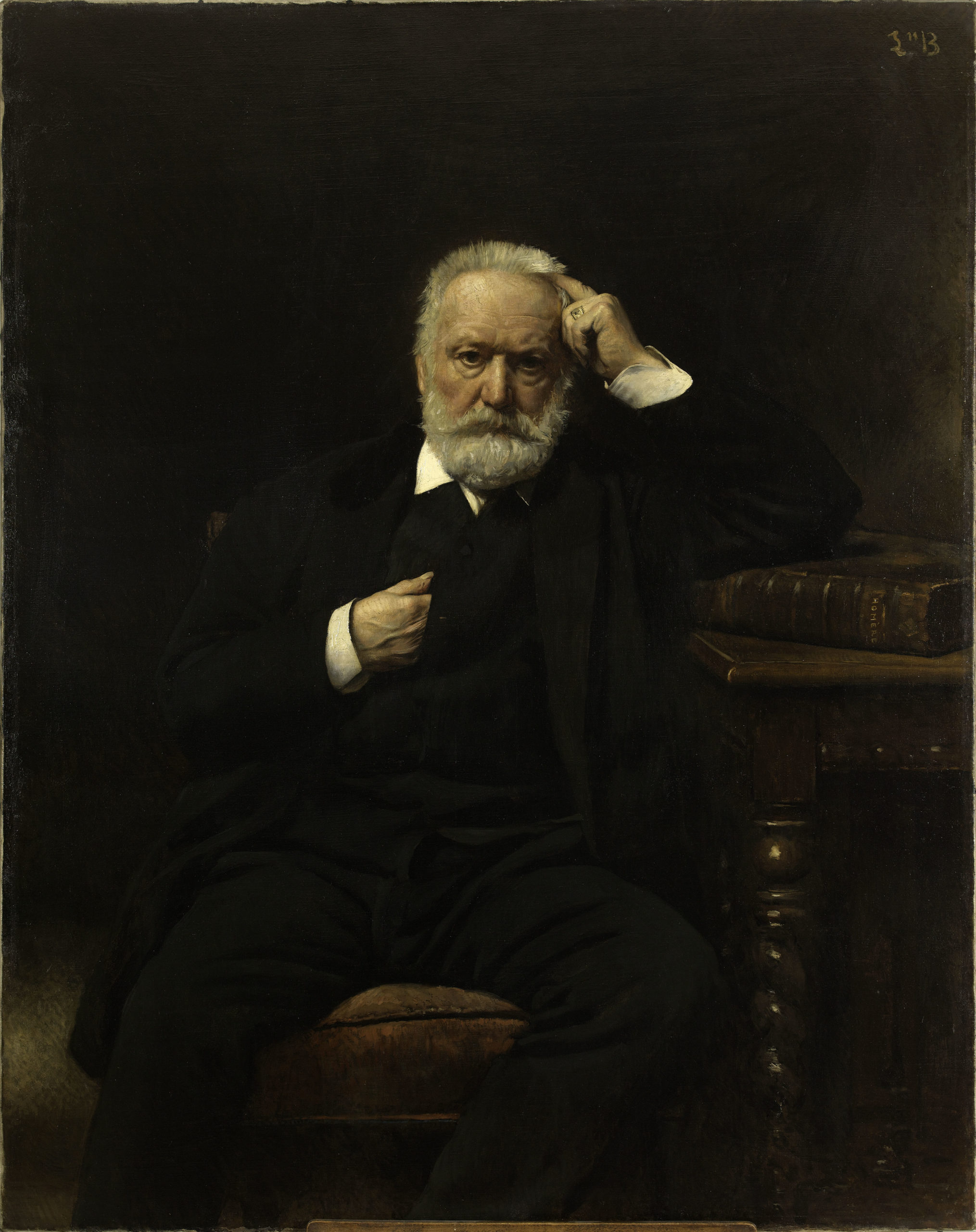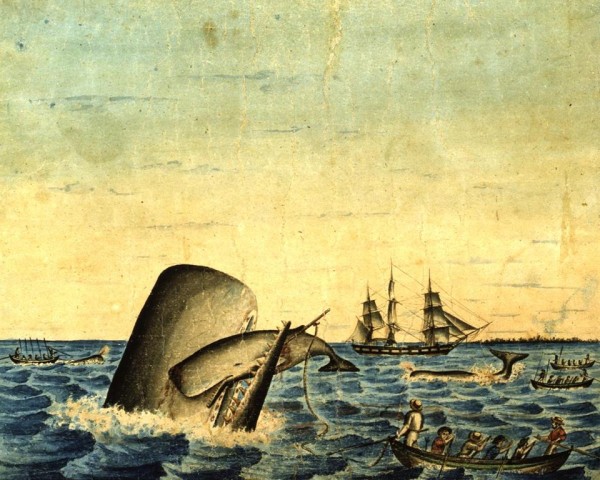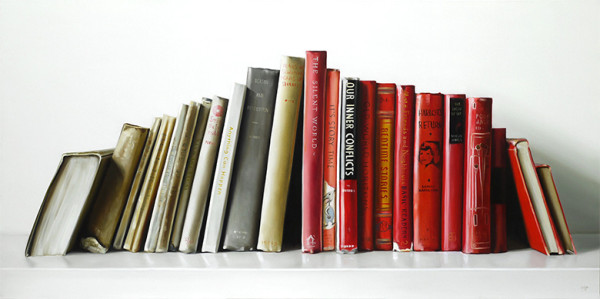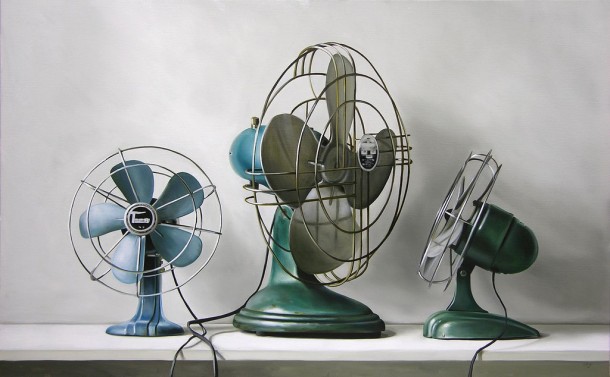
Portrait of M. Victor Hugo (1879) by Léon Bonnat. Click for hi-def image. (Via)
Official website of the author

Portrait of M. Victor Hugo (1879) by Léon Bonnat. Click for hi-def image. (Via)
The Van Gogh Museum in Amsterdam has a beautifully designed web site with, apparently, the entire collection available in eye-popping high resolution. It is amazing what detail you can see in these high-res images, right down to the brush strokes and globs of paint. It is as if the museum guards all turned their backs and allowed you to press your nose right up to the canvas. Above is a detail from “Wheatfield With Crows” (1890), one of the last pictures Van Gogh painted before his suicide. The complete picture is below, and you can click the image to see it a little larger. But to get the full effect, go download the insanely huge image at the museum’s web site.
In May, the Met in New York posted 400,000 high-res images from its collection, so this seems to be a trend.

“Whale and Calf,” artist unknown, ca. 1830.
“What it shows is a whale calf in the mouth of its mother. She is not, of course, eating it. (Those teeth are useless.) She is trying to rescue it. And that, my friends, was all part of the whalers’ fiendish plan. If whalers — big drivers of the economy in early industrial America — could get their harpoons into a whale calf they never missed their chance, because harpooning the baby was a perfect way to lure in the adult. The bigger the whale, the more oil.” More on this painting here.

Christopher Stott
“Inner Conflicts”
24” x 48” Oil on canvas, 2012
“The Concert is a painting of c. 1664 by Dutch painter Johannes Vermeer. It was stolen from the Isabella Stewart Gardner Museum in Boston in March 1990. It is considered the most valuable painting currently stolen. Its value has been estimated at over $200,000,000. It remains missing to this day.” — Wikipedia
“Every time I paint a portrait, I lose a friend.” Sargent in his Paris studio, 1885. (Source. Via Exit Lines.)

While stumbling around the web the other day, I came across the still-life paintings of Christopher Stott and was instantly smitten. Stott’s compositions are very sparse, usually just two or three ordinary objects grouped together against a neutral white background, drenched in sunlight. I have not seen them in person, but to judge from the images on the web his technique is very precise, almost photographic. He handles light beautifully. Even from a distance you can tell that much. But these are so much more than technical exercises or pretty pictures. The paintings I like best are little stories. They show ordinary objects with the patina of age and long use — battered old books, chairs, alarm clocks, suitcases — suggesting the rich stories and lives they have led. The painting above, “Three Vintage Fans” (2010), reminds me of a family — a father and two sons, say. The father is turning to share a moment with his mischievous younger son while the oldest boy looks straight into the camera, dutifully holding his pose. Obviously I am projecting my own life onto these inanimate things; that’s the magic of it. That is what the best still lifes do. They help you see the things around you in a new way. They make you stop and really look.
Chris has graciously allowed me to use one of his paintings to illustrate the home page of this web site. It is a lovely, inspiring invitation to the writing life. Until I sell a few more books, I will have to settle for “owning” one of his paintings this way. (But you don’t have to, I hope.)
Check out Christopher Stott’s paintings at his web site or Flickr feed.